
下载亿题库APP
联系电话:400-660-1360

下载亿题库APP
联系电话:400-660-1360

请谨慎保管和记忆你的密码,以免泄露和丢失

请谨慎保管和记忆你的密码,以免泄露和丢失
2021年职称英语考试《卫生类》考试共65题,分为单选题和多选题和判断题和计算题和简答题和不定项。小编每天为您准备了5道每日一练题目(附答案解析),一步一步陪你备考,每一次练习的成功,都会淋漓尽致的反映在分数上。一起加油前行。
1、Such a database would be extremely costly to set up.【单选题】
A.establish
B.destroy
C.update
D.transfer
正确答案:A
答案解析:建这样一个数据库将耗资巨大。本题难度不大,是送分题目。set up,常用短语,指“建立”,和establish“建立”是同义词,B项指“破坏”,C项指“更新”,D项指“转换”,干扰不强。
2、We had a long conversation about her parents.【单选题】
A.speech
B.question
C.talk
D.debate
正确答案:C
答案解析:关于她父母我们谈了很久。本题难度不大,考察的是基本意义,干扰项干扰不大。conversation和talk都有“谈话”的意思,是近义词,A项指“讲话”,D项指“辩论”,和答案意义差异大,最佳答案是C。
3、The IcemanOn a September day in 1991, two Germans were climbing the mountains between Austria and Italy. High up on a mountain pass, they found the body of a man lying on the ice. At that height (10,499 feet, or 3 ,200 meters) , the ice is usually permanent, but 1991 had been an especially warm year. The mountain ice had melted more than usual and so the body had come to the surface.It was lying face downward. The skeleton (骨架) was in perfect condition, except for a wound in the head, There was still skin on the bones and the remains of some clothes. The hands were still holding the wooden handle of an ax and on the feet there were very simple leather and cloth hoots. Nearby was a pair of gloves made of tree bark (树皮) and a holder for arrows.Who was this man? How and when had he died? Everybody had a different answer to these questions. Some people thought that it was from this century, perhaps the body of a soldier who died in World War I, since several soldiers had already been found in the area. A Swiss woman believed it might be her father, who had died in those mountains twenty years before and whose body had never been found. The scientists who rushed to look at the body thought it was probably much older, maybe even a thousand years old.With modern dating techniques, the scientists soon learned that the Iceman was about 5,300 years old. Born in about 3300 B. C. , he lived during the Bronze Age in Europe. At first scientists thought he was probably a hunter who had died from an accident in the high mountains. More recent evidence, however, tells a different story, A new kind of X - ray shows an arrowhead still stuck in his shoulder. It left only a tiny hole in his skin, but it caused internal damage and bleeding. He almost certainly died from this wound, and not from the wound on the back of his head. This means that he was probably in some kind of a battle. It may have been part of a larger war, or he may have been fighting bandits. He may even have been a bandit himself.By studying his clothes and tools, scientists have already learned a great deal from the Iceman about the times he lived in. We may never know the full story of how he died, but he has given us important clues to the history of those distant times.All the following are assumptions once made about the Iceman EXCEPT ______.【单选题】
A.he was a soldier in World War I
B.he was a Swiss woman\'s long - lost father
C.he was born about a thousand years ago
D.he came from Italy
正确答案:D
答案解析:本题有一定难度,首先要读懂题干,好多考生因为没有读懂而做错。第三段谈到了对冰人的各种猜测:有人认为他是一战的士兵;一位瑞士女人坚信冰人是她二十年前死在山里的父亲,科学家们认为他大概有一千年的历史了,惟独没有提到冰人是意大利人的猜测,所以答案是D。
4、Lower Body Fat Means Better Performance These days, fashion models and pop stars are not the only people who have to watch their waistline. Football players who miss a few kicks and let their belly hanging out a little too much are likely to be attacked by rabid fans or even the president of a country. The latest football star to draw the attention of the "fat police" is Barcelona\'s Ronaldinho, 26. Last Friday, a Spanish sports daily published two photos of the Brazilian star without his shirt. One was taken in November 2003; the other was taken this month. In the most recent one, the star\'s waistline seems to have a little extra padding. Another Spanish sports daily published similar before-and-aider photos and argued that the star has "lost his explosiveness and velocity" and is "worn out". The cause, according to the news paper, is his poor physical fitness. However, the player\'s coach, Frank Rijkaard, insists that he\'s satisfied with Ronaldinho\'s form and fitness. And after Barcelona\'s victory over Athletic Bibao on Sunday, Ronaldinho challenged photographers to take pictures of him when he took off his shirt. "I don\'t have anything to hide," he said. Fellow Brazilian ronaldo, 30, of Real Madrid, faced similar criticism before the 2006 World Cup. But the criticism didn\'t come from a bunch of sports reporters: It came from the president of Brazil. "So, what is it?" Brazil\'s President Luiz Inacio Lula da Silva asked the national soccer team\'s coach in his office last June, according to the Associated Press. "Is he [ronaldo]fat or not?" "He is very strong, president," Carlos Alberto Parreira reportedly said at the time. "He is not that boy anymore. His body type has changed. " The game of footfall demands that players put as much emphasis on fitness as they can do on dribbling, passing or shooting. During a proper training regimen, football players normally follow a load-fatigue-recovery pattern. They push their body toward a higher mark of fitness and experience a slight and brief drop in performance. Then they begin the recovery process, which will ideally carry their performance to an even higher plane. However, sometimes non-physical factors can influence a player\'s poor fitness. In Ronaldinho\'s case, for instance, people, often unnamed, have blamed everything from the pressure of contract negotiations to personal problems and too many advertising commitments. People like football stars more than they like pop stars. 【单选题】
A.Right
B. Wrong
C.Not mentioned
正确答案:C
答案解析: 句子说的是:比起流行歌曲歌星来,人们更喜欢球星。文章没有提到。
5、Early childhood educationIn a time of low academic achievement by children in the United States, many Americans are turning to Japan, a country of high academic achievement and economic success, for possible answers. However, the answers provided by Japanese preschools are not the ones Americans expected to find in most Japanese preschools, surprisingly little emphasis is put on academic instruction. In one investigation, 300 Japanese and 210 American preschool teachers, child development specialists, and parents were asked about various aspects of early childhood education. Only 2 percent of the Japanese respondents listed "to give children a good start academically" as one of their top three reasons for a society to have preschools. In contrast, over half the American respondents chose this as one of their top three choices. To prepare children for successful careers in first grade and beyond, Japanese schools do not teach reading, writing, and mathematics, but rather skills such as persistence, concentration, and the ability to function as a member of a group. The vast majority of young Japanese children are taught to read at home by their parents.In the recent comparison of Japanese and American preschool education, 91 percent of Japanese respondents chose providing children with a group experience as one of their top three reasons for a society to have preschools. Sixty-two percent of the more individually oriented (强调个性发展的) Americans listed group experience as one of their top three choices. An emphasis on the importance of the group seen in Japanese early childhood education continues into elementary school education.Like in America, there is diversity in Japanese early childhood education. Some Japanese kindergartens have specific aims, such as early musical training or potential development. In large cities, some kindergartens are attached to universities that have elementary and secondary schools. Some Japanese parents believe that if their young children attend a university-based program, it will increase the children\'s chances of eventually being admitted to top-rated schools and universities. Several more progressive programs have introduced free play as a way out for the heavy intellectualizing in some Japanese kindergartens.Free play has been introduced in some Japanese kindergartens in order to ____.【单选题】
A.broaden children\'s horizon
B.cultivate children\'s creativity
C.lighten children\'s study load
D.enrich children\'s knowledge
正确答案:C
答案解析:此题可以从全文的最后一句话得出答案。其他三个选项“扩大孩子的视野”、“培养孩子的创造力”和“丰富孩子的知识”文中无明确的说明。
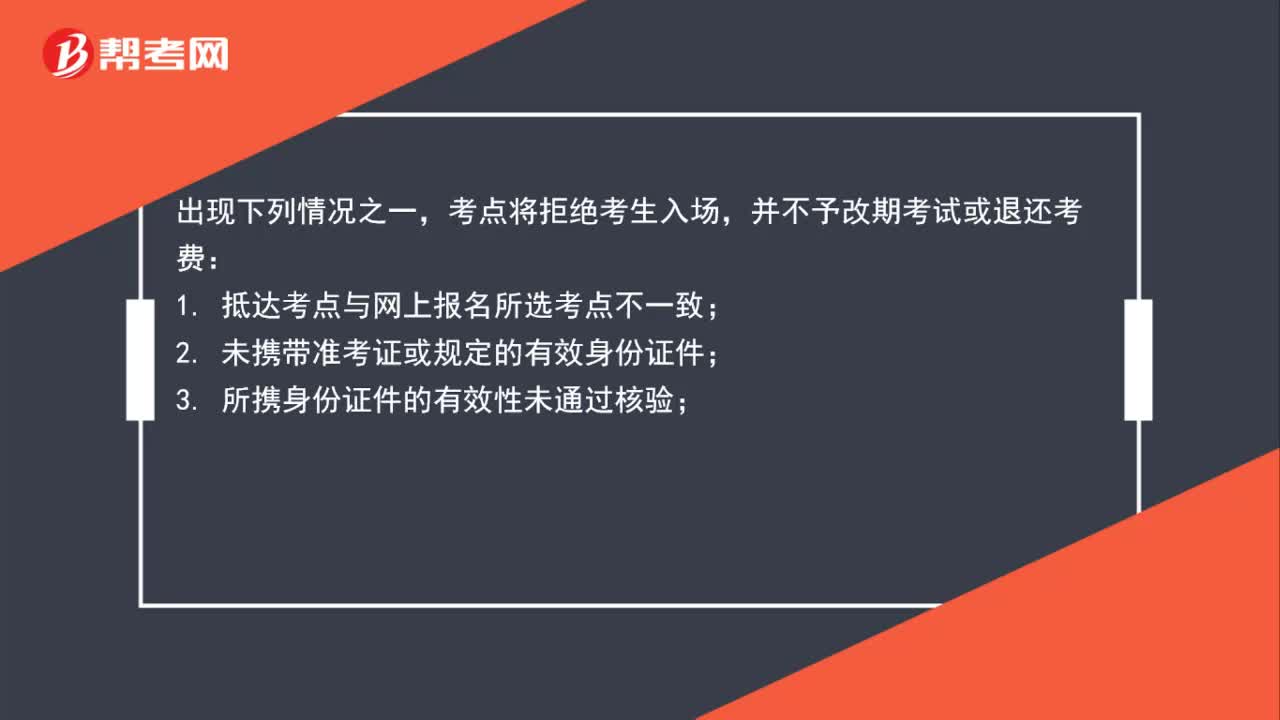 79
79为什么商务英语考试中有的考生不允许入场?:为什么商务英语考试中有的考生不允许入场?考点将拒绝考生入场,并不予改期考试或退还考费:1. 抵达考点与网上报名所选考点不一致;2. 未携带准考证或规定的有效身份证件;3. 所携身份证件的有效性未通过核验;4. 身份证件类型和号码与所持准考证显示信息不符;5. 身份证件相片与本人明显不符;6. 未按准考证规定时间到达考场;7. 不服从监考人员的管理,扰乱考场秩序。
 21
21需要具备怎样的基础才能备考商务英语BEC中级?:商务英语中级需要有大学英语四级到六级的水平。
 30
30学习商务英语BEC初级需要具备怎样的基础?:学习商务英语BEC初级需要具备怎样的基础?根据BEC考试大纲的要求,学习BEC初级需要有公共英语四级的水平。
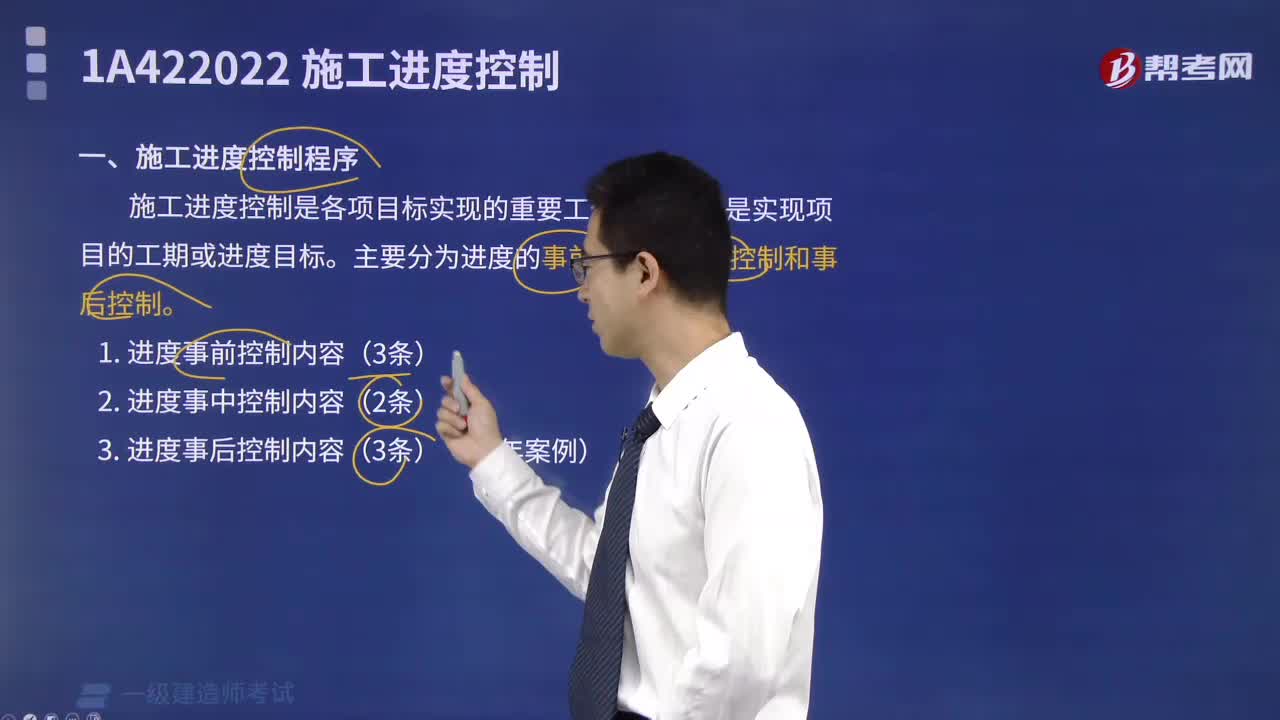 02:03
02:032022-04-08
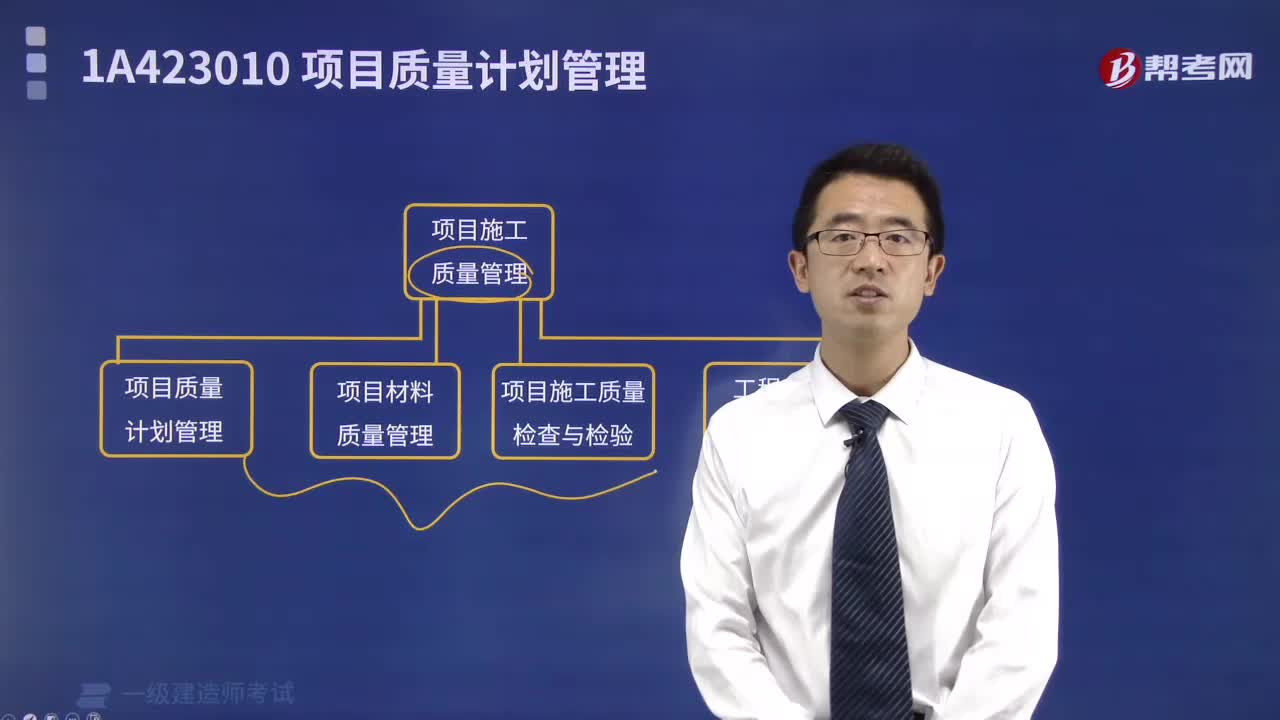 02:40
02:402022-04-08
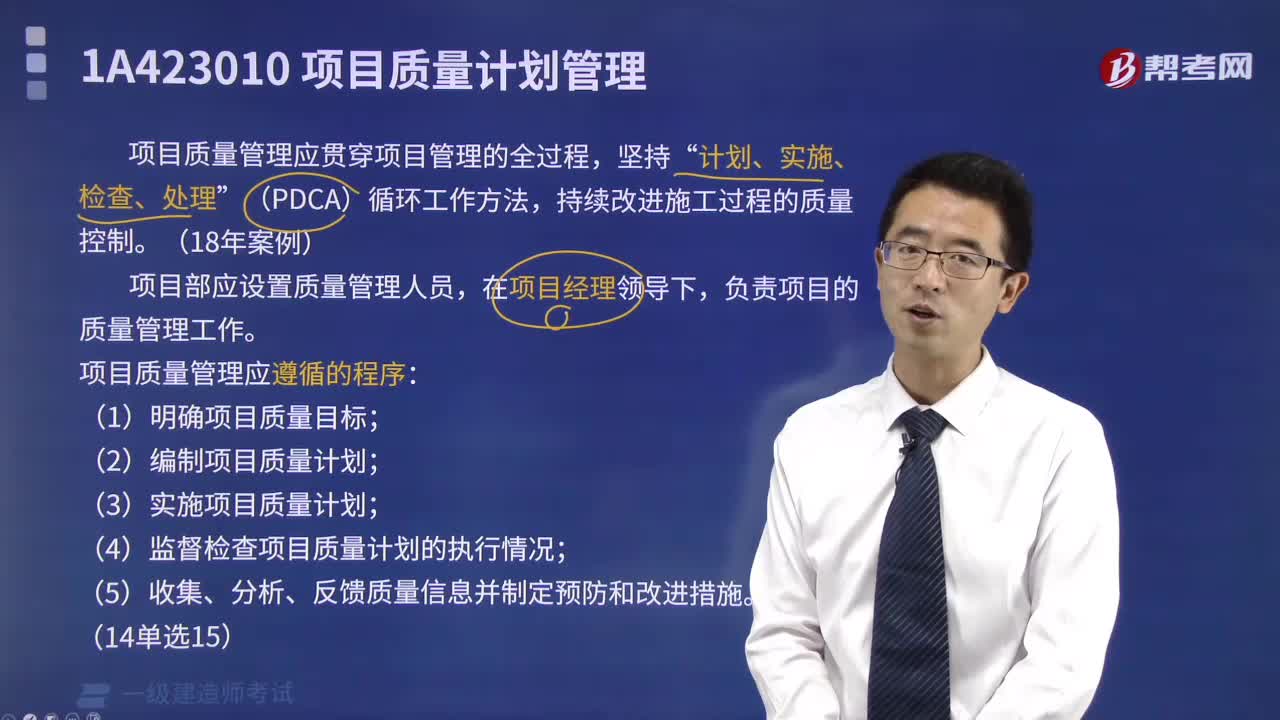 01:25
01:252022-04-08
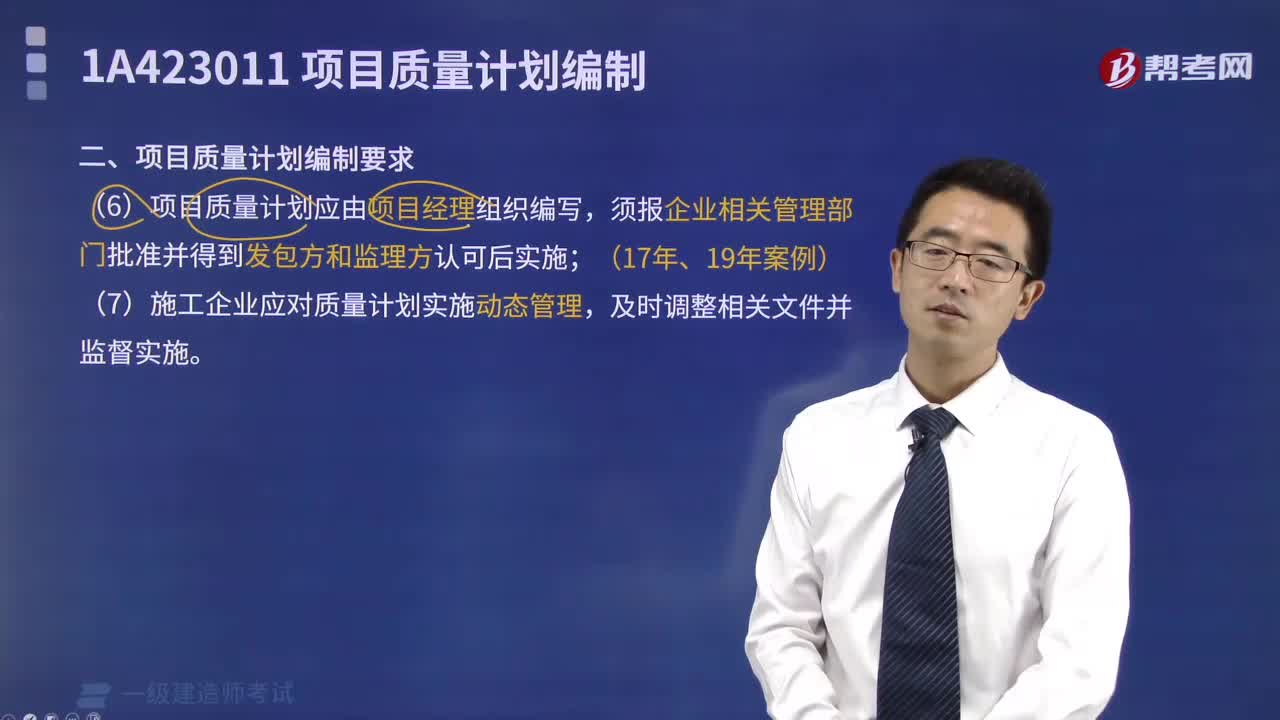 04:24
04:242022-04-08
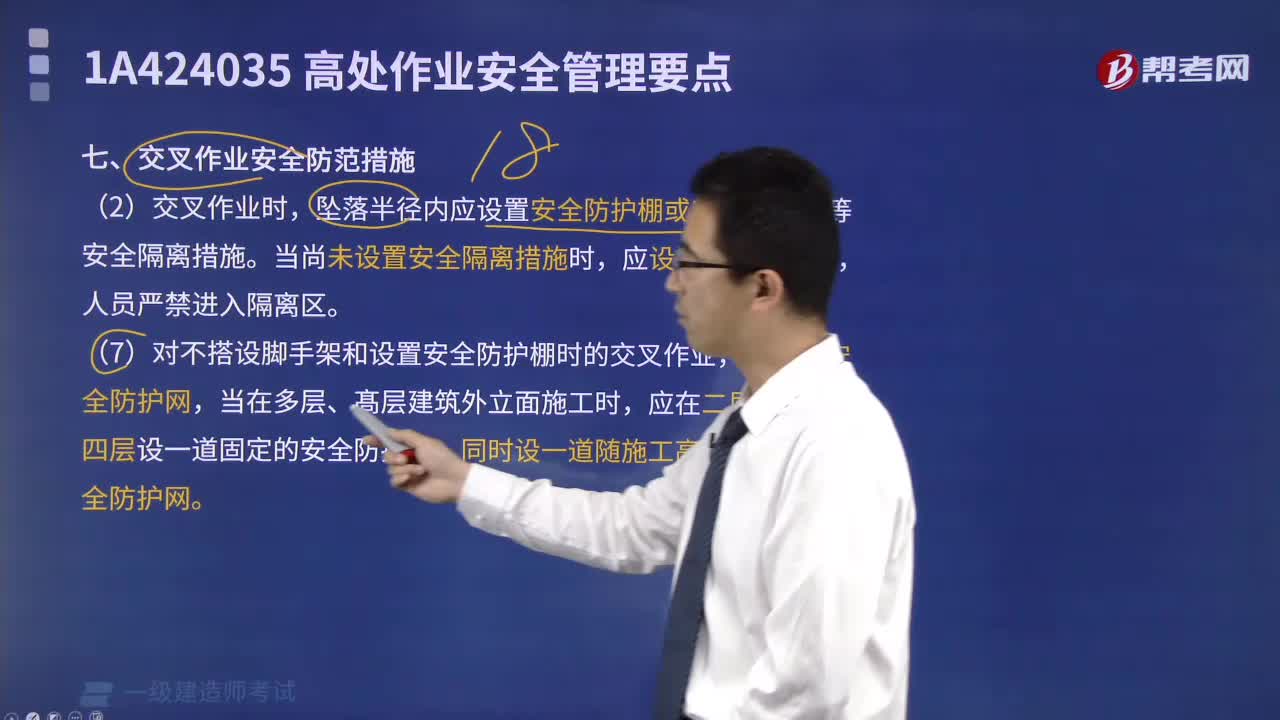 02:33
02:332022-04-08

微信扫码关注公众号
获取更多考试热门资料